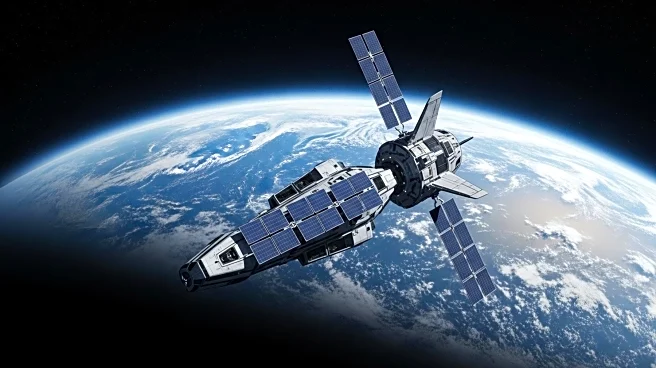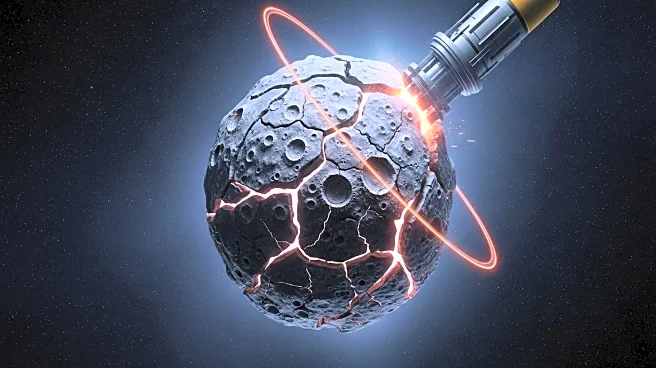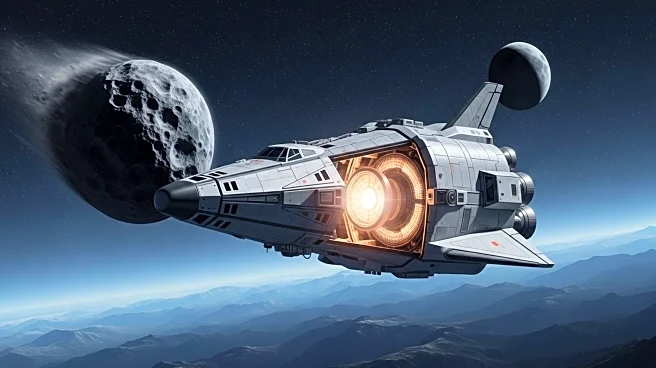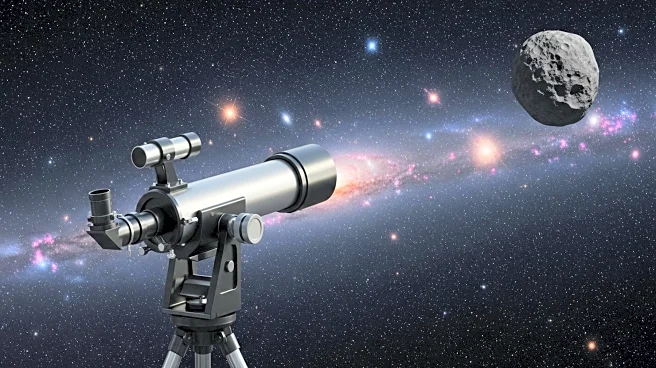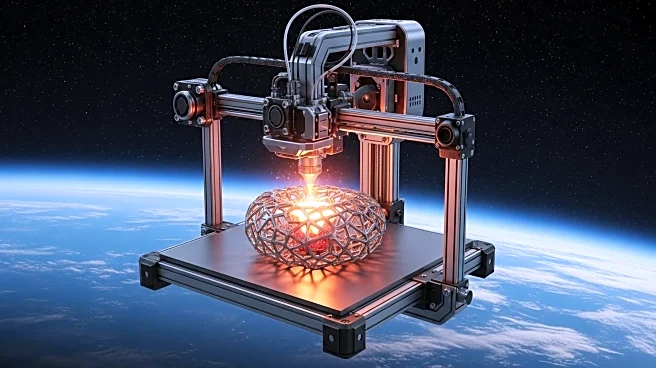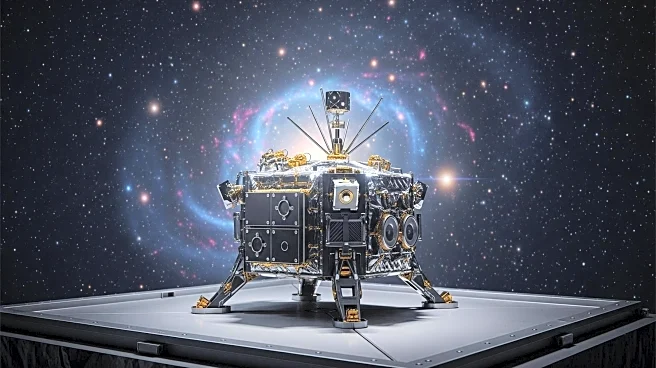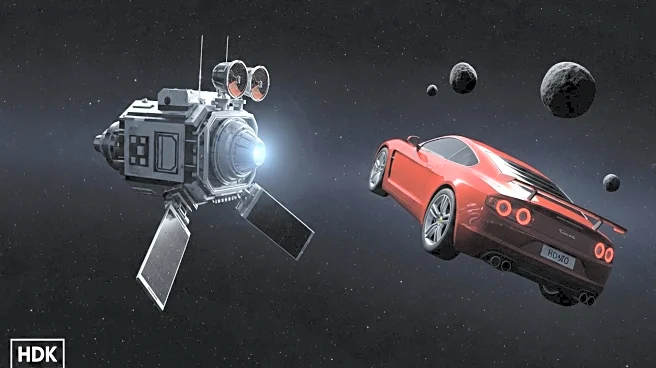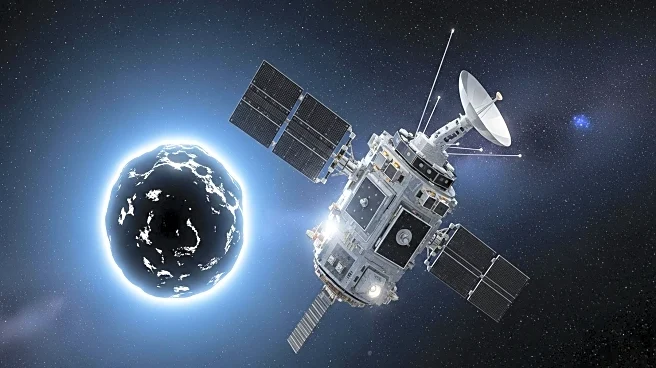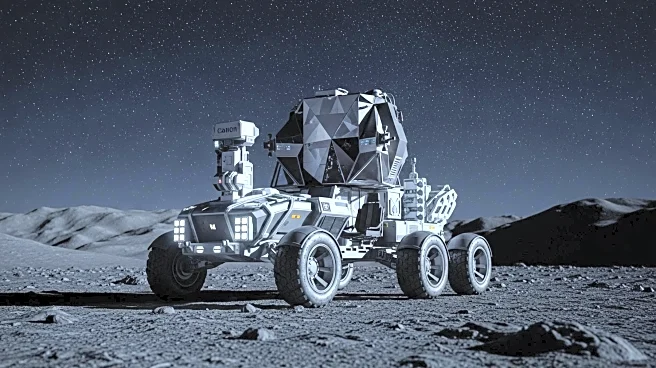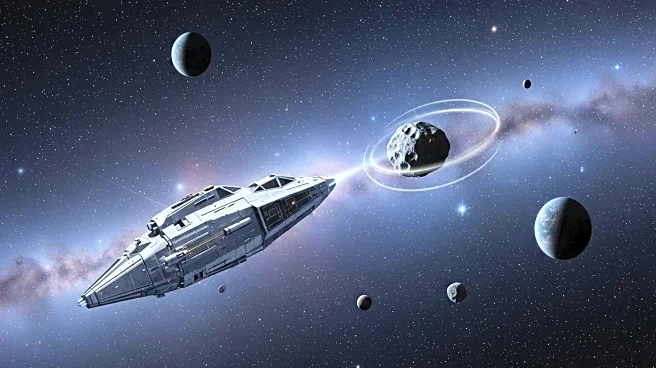What's Happening?
NASA's OSIRIS-APEX spacecraft is set to perform a gravity assist maneuver by flying within 2,100 miles of Earth. This maneuver will alter the spacecraft's trajectory and speed, using Earth's gravity to change its velocity by 15,660 miles per hour and adjust its orbital plane by 1.5 degrees. The spacecraft will capture images of Earth and the Moon during this encounter to calibrate its instruments.
Why It's Important?
The gravity assist maneuver is a critical step in the OSIRIS-APEX mission, allowing the spacecraft to adjust its trajectory for future exploration objectives. This technique is commonly used in space missions to conserve fuel and extend mission capabilities. The data collected during the flyby will help calibrate the spacecraft's instruments, ensuring accurate measurements in its ongoing mission to study the asteroid Apophis.
What's Next?
Following the gravity assist, OSIRIS-APEX will continue its journey to study Apophis, an asteroid of interest due to its potential impact risk to Earth. The mission aims to gather detailed data on the asteroid's composition and behavior, contributing to planetary defense strategies and our understanding of near-Earth objects.

